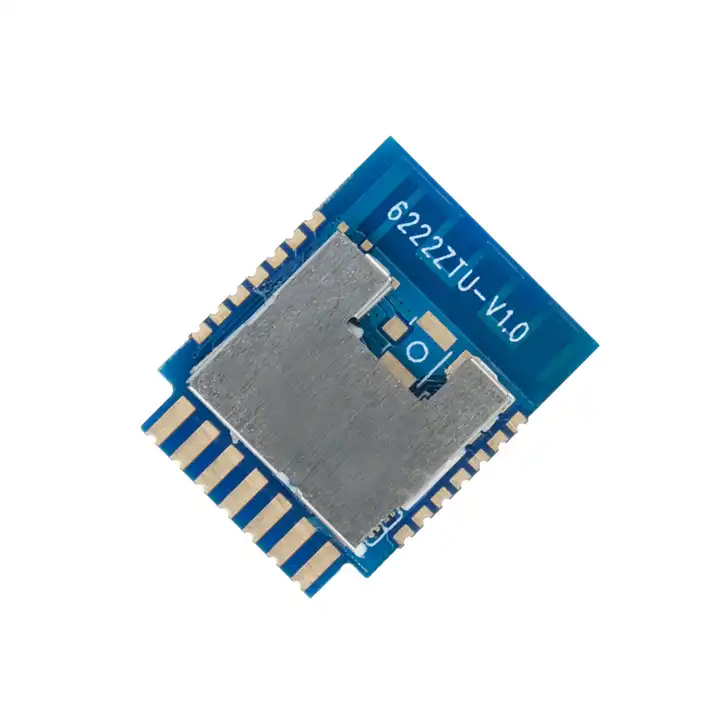
IoT (Internet of Things) has revolutionized the way we interact with the world around us. Devices and objects that were once standalone are now interconnected, facilitating seamless communication and automation. At the heart of this technological revolution lies the IoT module, a pivotal component that enables connectivity and data exchange across diverse systems. This article uncovers the main components of an IoT module, shedding light on the intricate layers that power the Internet of Things.
Sensors act as the sensory organs of an IoT module, allowing it to perceive the physical environment. A wide array of sensors, such as temperature, humidity, pressure, and motion sensors, capture data related to the physical world. Actuators, on the other hand, help control and manipulate physical devices or systems. They convert digital commands received from the IoT module into physical actions, bringing about changes in the physical world.
The MCU serves as the central processing unit of an IoT module, responsible for executing various tasks and managing communication between different components. It controls the overall operation of the module, processes data collected by sensors, and executes commands sent by the cloud or user applications. MCUs have become increasingly powerful and energy-efficient, enabling IoT modules to perform complex computations with minimal power consumption.
Connectivity is crucial for an IoT module, as it enables the seamless exchange of data with various networks and devices. Wi-Fi, Bluetooth, Zigbee, and cellular technologies act as conduits for communication, allowing the module to connect with the cloud, smartphones, and other IoT devices. The choice of connectivity depends on factors such as range, data rate, power consumption, and the specific requirements of the IoT application.
Power management plays a critical role in IoT modules, as they are often deployed in locations where power supply may be limited or unreliable. Efficient power management systems ensure that the module operates optimally, conserving energy whenever possible. Techniques such as power harvesting from the environment, optimizing sleep modes, and intelligent power allocation help extend the battery life of IoT modules.
With the proliferation of connected devices, ensuring the security of data and privacy is paramount. IoT modules incorporate various security mechanisms to safeguard against unauthorized access, data breaches, and malicious attacks. Encryption algorithms, secure communication protocols, and authentication mechanisms are implemented to protect sensitive information and maintain the integrity and confidentiality of data exchanged between the module and other entities within the IoT ecosystem.
The IoT module serves as the nucleus of the Internet of Things, enabling the seamless integration of physical and digital realms. With its diverse components such as sensors, MCUs, connectivity options, power management systems, and security measures, an IoT module forms the backbone of a connected world. Understanding the intricate layers and building blocks of an IoT module is essential for unleashing the full potential of the Internet of Things and charting a path to a smarter and more connected future.
 Trolink Joint With Tuya to Make Iot Benefit Every Family
Trolink Joint With Tuya to Make Iot Benefit Every Family
 5 Key Indicators for WiFi Module Selection You Have to Know !
5 Key Indicators for WiFi Module Selection You Have to Know !
 IOT module is the brain of smart products
IOT module is the brain of smart products
 What is the signal coverage range of the WiFi module chip?
What is the signal coverage range of the WiFi module chip?